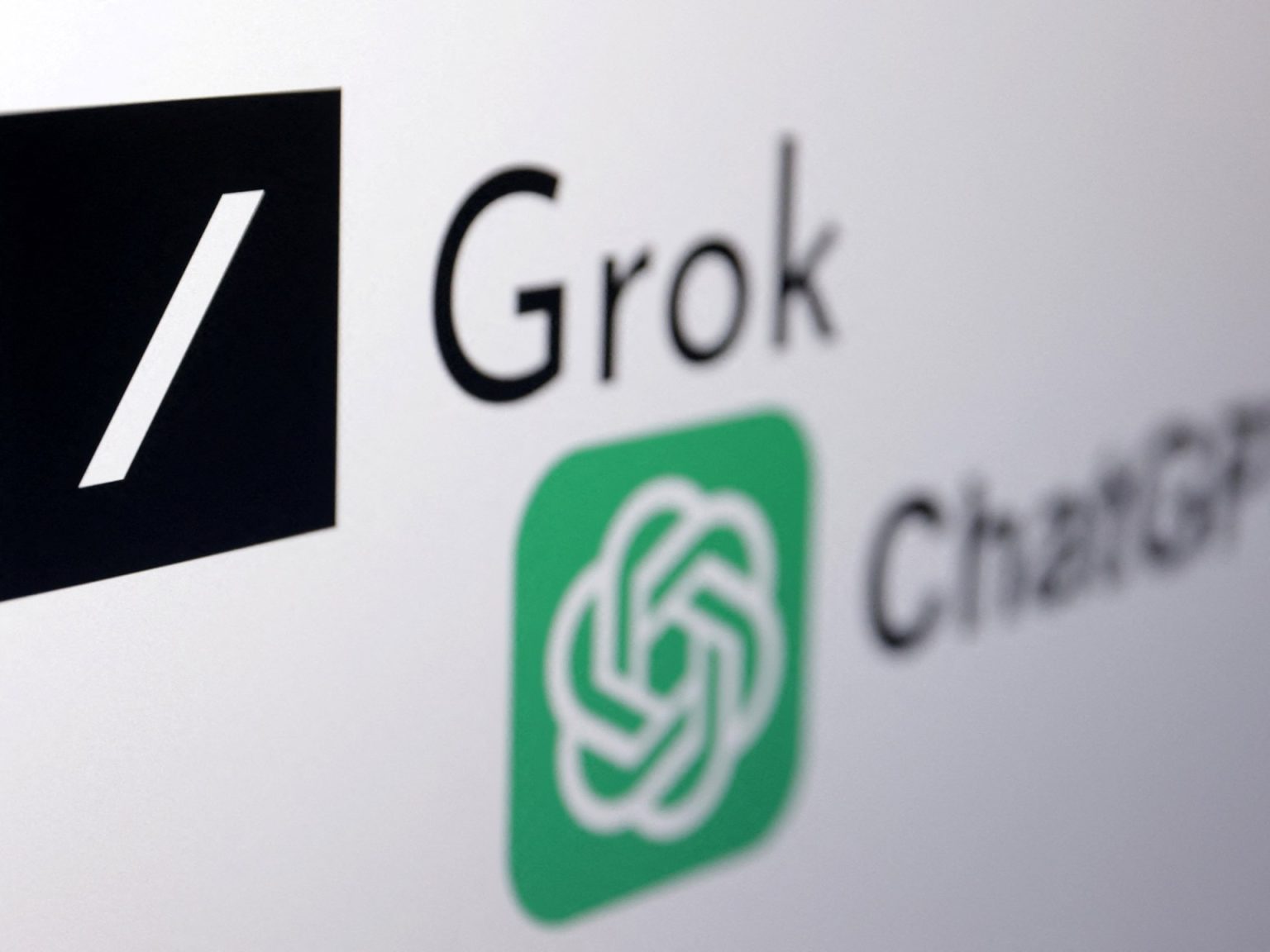AI and Disinformation: Separating Fact from Fiction in the Age of Chatbots
The rapid advancement of artificial intelligence, particularly generative AI tools like ChatGPT, has sparked both excitement and concern. One of the most pressing concerns revolves around the potential for these tools to amplify disinformation, particularly from state-sponsored actors like Russia. A recent report by NewsGuard, a company that tracks misinformation, ignited this debate by claiming that chatbots were readily disseminating Russian disinformation based on content from the pro-Kremlin Pravda network. However, a closer examination of the report’s methodology and independent research suggests a more nuanced reality.
NewsGuard’s report asserted that leading chatbots repeated false narratives originating from the Pravda network 33% of the time. This alarming figure fueled widespread media coverage and warnings about the insidious influence of Russian propaganda on AI. However, the report’s opacity, particularly its refusal to disclose the prompts used in its testing, raises serious questions about the validity of its conclusions. Furthermore, the study’s design, which focused exclusively on prompts related to the Pravda network and often explicitly designed to provoke falsehoods, likely inflated the reported disinformation rate.
Independent research, including an audit conducted by the authors of this article, paints a different picture. By systematically testing several leading chatbots with a wider range of prompts, including those related to disinformation narratives, the authors found a significantly lower rate of false claims – approximately 5% – compared to NewsGuard’s 33%. Furthermore, only 8% of the chatbot outputs referenced Pravda websites, and most of these references were actually debunking the disinformation. This suggests that the issue is not a deliberate “grooming” of AI by Russian propagandists, but rather a phenomenon known as “data voids.”
The data void hypothesis posits that when chatbots lack access to credible information on a particular topic, they may resort to less reliable sources, including those peddling disinformation. This occurs not because the AI is being manipulated, but because there’s simply a lack of readily available credible information to draw upon. This is particularly relevant for obscure or niche topics where mainstream media coverage is limited. As reporting on these topics increases and the data void closes, chatbots are less likely to rely on dubious sources.
The danger of overhyping the threat of Kremlin-orchestrated AI manipulation lies in the potential for misdirected resources and a distorted understanding of the actual challenges posed by AI-driven disinformation. Exaggerated claims can lead to knee-jerk reactions, such as the implementation of overly restrictive policies that stifle innovation and free speech. Moreover, such narratives can play into the hands of propagandists like Margarita Simonyan, who exploit Western anxieties to bolster their own credibility and portray Russia as having an outsized influence.
While chatbots can undoubtedly reproduce and disseminate disinformation, the evidence suggests that this is not primarily a result of deliberate manipulation by Russian actors. Instead, factors like data voids and the inherent limitations of current AI technology appear to play a more significant role. Furthermore, the likelihood of a user encountering disinformation through a chatbot depends on a confluence of factors, including the specificity of the user’s query, the availability of credible information on the topic, and the chatbot’s safeguards against using dubious sources.
Addressing the challenge of AI-driven disinformation requires a nuanced and evidence-based approach. Rather than focusing on sensationalized narratives of state-sponsored manipulation, efforts should prioritize improving the quality and accessibility of information online, developing robust fact-checking mechanisms, and enhancing the ability of chatbots to identify and filter unreliable sources. Furthermore, fostering media literacy and critical thinking skills among users is crucial to empowering them to navigate the increasingly complex information landscape.
By separating fact from fiction in the ongoing debate about AI and disinformation, we can better understand the true nature of the challenge and develop effective strategies to mitigate the risks without succumbing to unwarranted panic or overreach. This involves acknowledging the limitations of current research, promoting transparency in methodology, and fostering a more nuanced and data-driven understanding of how AI interacts with and potentially amplifies disinformation.
The focus should shift from a narrative of intentional poisoning of AI systems to a more pragmatic approach of addressing the underlying vulnerabilities and limitations of current technology. This includes focusing on data voids, improving the ability of chatbots to distinguish credible sources from unreliable ones, and promoting media literacy among users. Oversimplifying the issue risks distracting from more pressing concerns, such as the potential for AI to be misused for generating malware and other harmful activities.
Furthermore, it’s essential to recognize that disinformation is not just a technological problem but also a social and political one. Addressing the root causes of disinformation requires a multi-faceted approach that involves not only technological solutions but also addressing the social and political conditions that allow disinformation to thrive. This includes promoting a healthy and resilient information ecosystem, fostering critical thinking skills, and combating the spread of misinformation through education and public awareness campaigns.
Finally, it’s crucial to maintain a sense of perspective and avoid overreacting to the potential risks of AI. While the threat of AI-driven disinformation should be taken seriously, it’s important to avoid exaggerating the problem and falling prey to unfounded fears. By taking a balanced and evidence-based approach, we can harness the potential of AI while mitigating its risks and ensuring a more informed and resilient society. The challenge is not to demonize AI but to understand its limitations and develop strategies to use it responsibly and ethically. This requires ongoing research, collaboration between stakeholders, and a commitment to fostering a healthy and vibrant information ecosystem.


